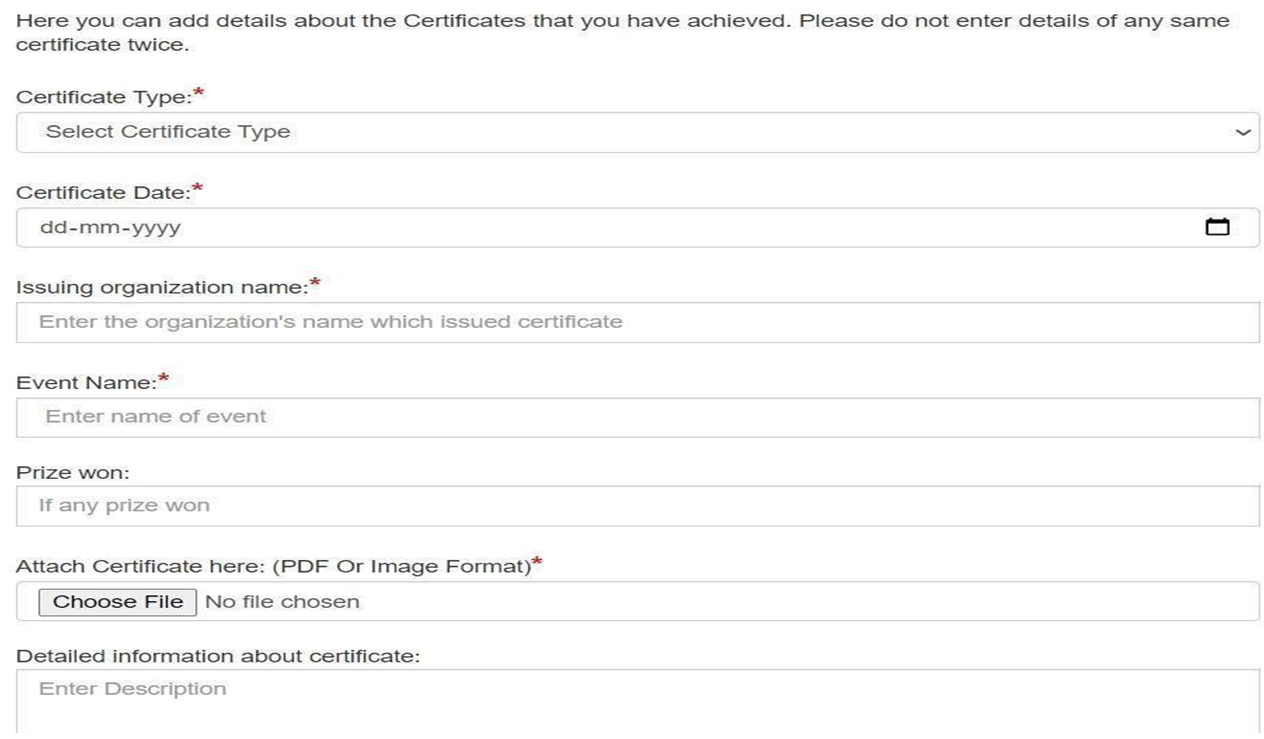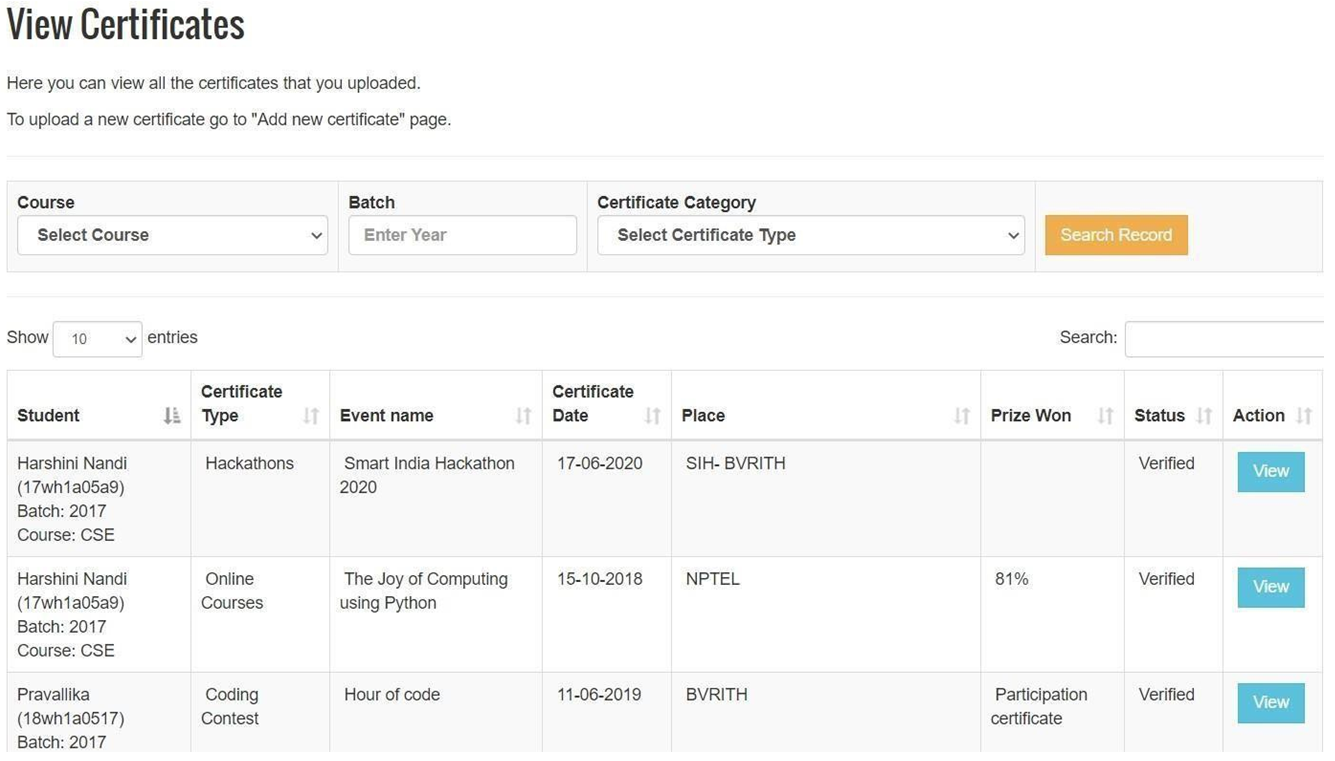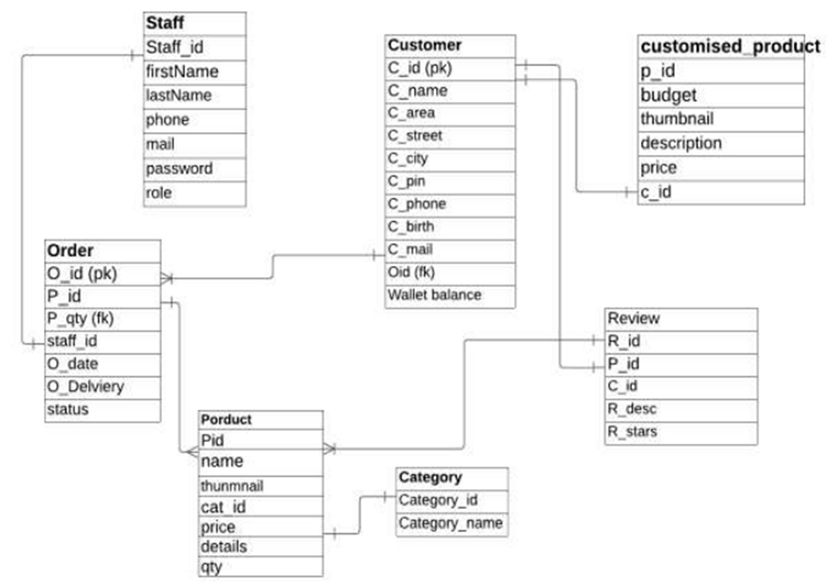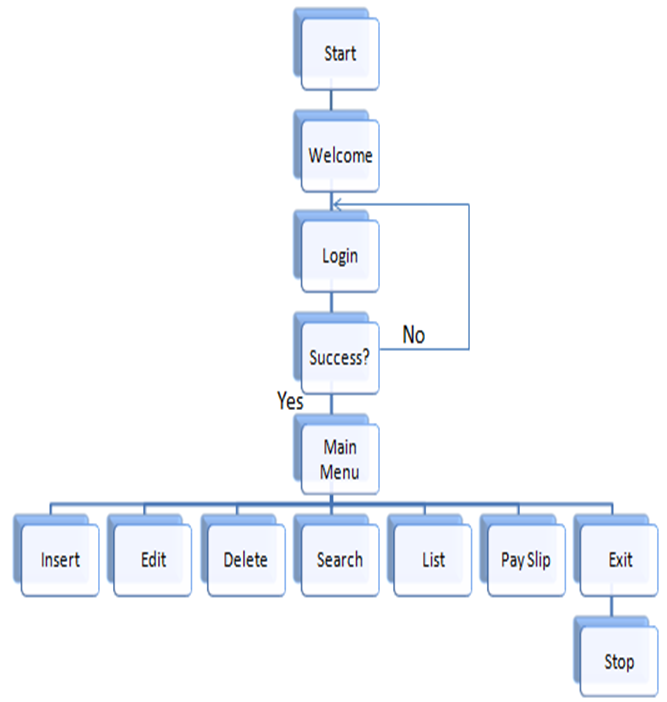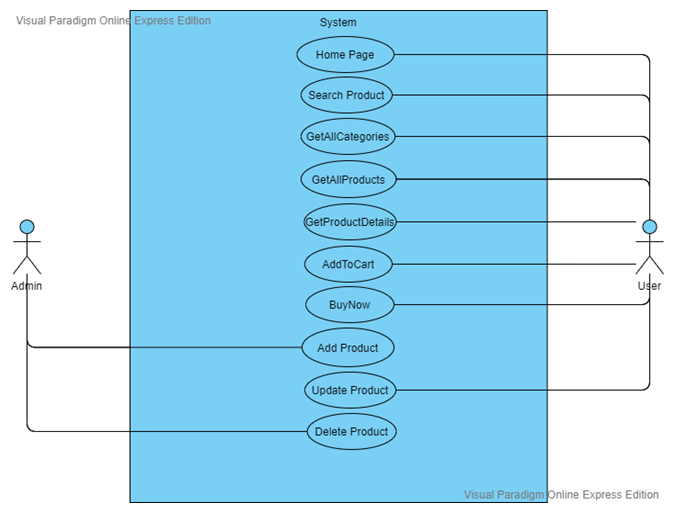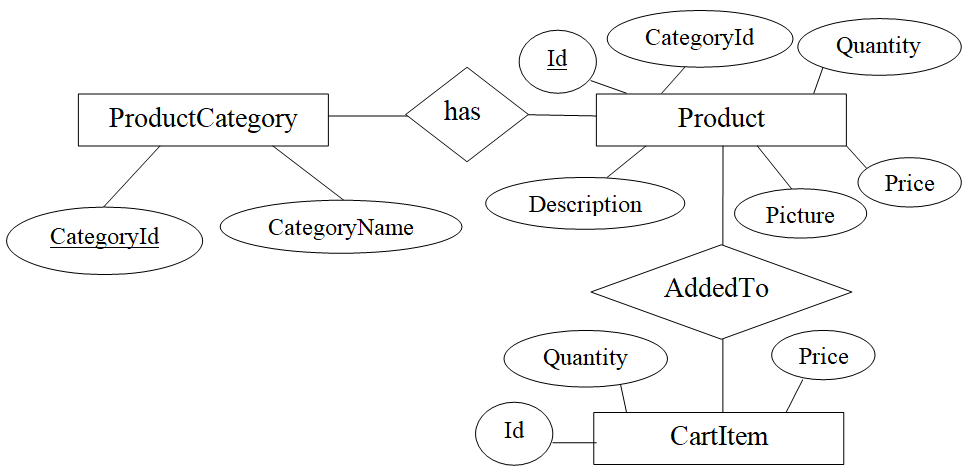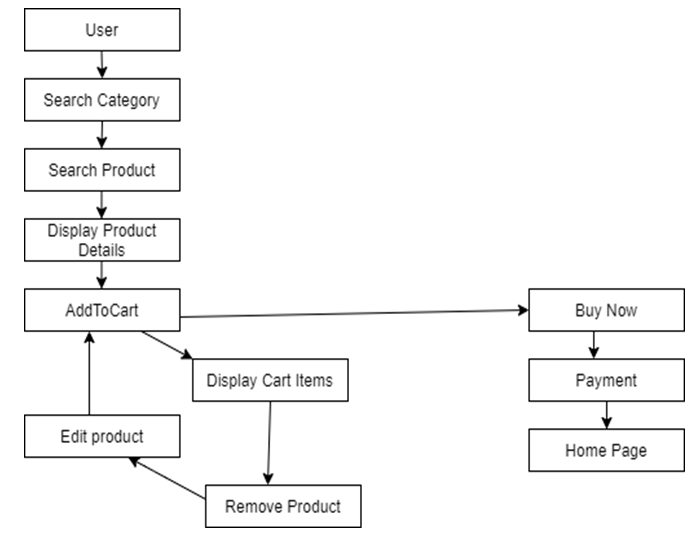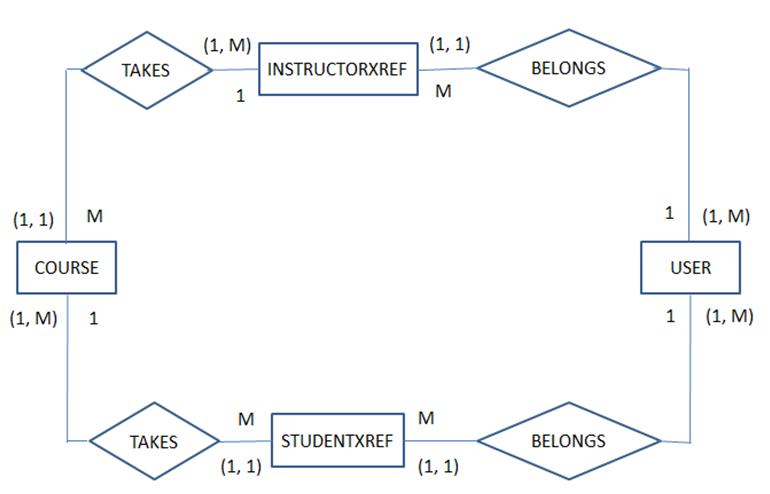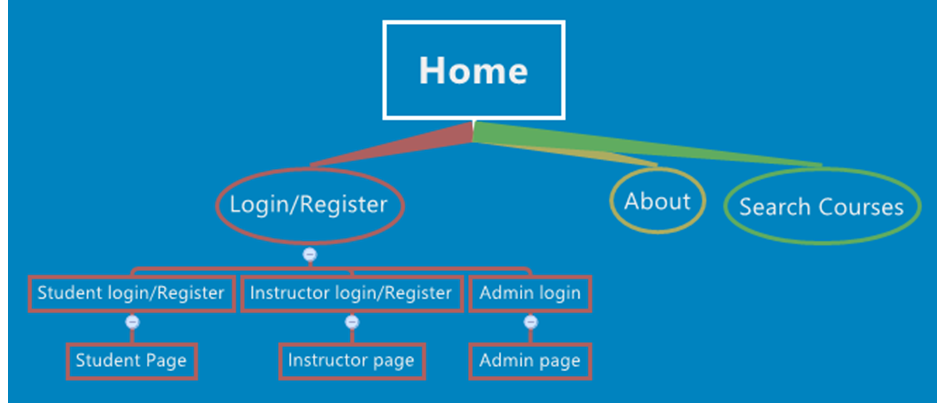The main purpose of this project is to design a user-friendly, rich look application which serves for booking and planning their holiday trip…
This project consists of 2 modules
- Admin Module.
- User Module.
We will discuss the technical functions of each module in detail
- Admin Module:
The role of the admin is to maintain the entire site data. Like adding primary information accepting the user booking. The total functionalities in the admin module are…
- Add Country
- Add City
- Add Hotels
- Adding Photos to Cities
- Adding videos to Cities
- Accepting the booking
In this project, we use web services for interacting with the database because using flex we cannot directly access the database… Here we will discuss each form’s functionalities.
- Add Country:
In this functionality, the admin is adding different countries to the database. Here we are using the “InsertCountry” Method in the web service. Using this method in the web service we are accessing the stored procedure in database names “SP_InsertCountryDetails”. This is taking two values as parameters those are “Cname” and “Description”. Which are there inserted into the “Tbl_Country” table in the database.
- Add City:
In this functionality, the admin is adding different city names with respect to a particular country name. Here we are using the “get the country” Method in the web service to access all the country names from the database which are stored in the table “Tbl_Country” and we are displaying it in the combo box in the flex design. Their admin will select any country name and he will enter a city in the textbox given in the form. When admin clicks on the entering button it will pass those values to “InsertCity” which is there in web service taking 3 parameters and we are storing it in the database using a stored procedure with the name “SP_CityDetails”.
- Add Hotels:
In this functionality, the admin is adding particular hotel details in the database corresponding to a particular city and country. For that purpose, he is getting all the country details from the “get the country” Method in the web service to access all the country names from the database which are stored in the table “Tbl_Country” and binds it to the combo box in the flex form. If admin selects any particular country it has to call all the cities with respect to countries for which we are using a web method “GetCityNames” it is taking country Id as a parameter and returns all the city details with respect to that country names. After binding all the data admin will enter the hotel details which then call a method in the web service called “InsertHotels” with all the parameters provided by the admin and it will store all the details in the database using the stored procedure “SP_HotelDetails”.
- Adding photos:
In this functionality, the admin is adding particular Photo details in the database corresponding to a particular city and country. For that purpose, he is getting all the country details from “get country” Method in the web service to access all the country names from the database which is stored in the table “Tbl_Country” and binds it to the combo box in the flex form. If admin selects any particular country it has to call all the cities with respect to countries for which we are using a web method “GetCityNames” it is taking country Id as a parameter and returns all the city details with respect to that country names. After binding all the data admin will select the photos from the local disk and add them to the application. Then it will call the method in the web service called the “InsertImgNames” method where we are writing the insert command to store information in the “Tbl_PhotoDetails” table also we are storing the image in the Photos directory in the web service application folder.
- Adding videos:
In this functionality, the admin is adding particular video details in the database corresponding to a particular city and country. For that purpose, he is getting all the country details from “getcountry” Method in the web service to access all the country names from the database which are stored in the table “Tbl_Country” and binds it to the combo box in the flex form. If admin selects any particular country it has to call all the cities with respect to countries for which we are using a web method “GetCityNames” it is taking country Id as a parameter and returns all the city details with respect to that country names. After binding all the data admin will browse the video from the local disk and add it to the flex application. Then we are calling a web service method “insertVideoNames” for storing the details in the table “Tbl_VideoDetails” which is there in the database. Here we are storing the name in the database and adding that video to the local directory of the web service.
Note: our application only accepts “FLV” format videos that are of size less than 20MB.
- Accept Booking:
Here admin is accepting the booking from the user on the basis of the availability of the rooms and other information. For this, we are getting all the booking details that are waiting for admin approval from a method called “CheckStatus” where we are getting all the details from the table “Tbl_Payment” which are having the status as false. And also we are getting other information like user personal details from other tables like “Tbl_UserDetails” and we are storing it in a custom dataset. And I am returning it to the flex as an XML string document. Where I am filling those details in “CheckBoxDataGrid”. Here admin selects any particular details in the check box which is generated individually for each row. After selecting those rows when the admin click Submit button admin will send all those user details to a particular method called “SendMail” in the web service which will make that record status true in the table “Tbl_Payment” and send a mail to that particular user mail ID as a confirmation mail.
The above-mentioned functionalities are Admin which provides basic information for the site and accepts the booking and sends mails to the user. Here below given are the functionalities for the user module. Where the user can perform several operations on the application those are….
- User Module:
Here the functionalities for users are…
- Login
- Select places
- View photos
- View video
- Make booking
We will discuss all the functionalities in detail…
- Login:
Here every user has their own credentials using those credentials only they have to access the site to check those credentials we are using one web method called “LoginUser” here we are accessing the stored procedure “SP_LoginUser” for checking the credentials. If those usernames and passwords are correct then it will return a message called “true” otherwise “false”. If it is true user will redirect to the Home page to access other functionalities.
- Select Places:
In this functionality, if the user wants to make a booking first he needs to select the particular place in which he wants to book the hotel. For that purpose, we are taking one form called “SelectPlaces” in which we are placing two combo boxes. The first one represents the country names and the second will represent city names. For that purpose, he is getting all the country details from “getcountry” Method in the web service to access all the country names from the database which are stored in the table “Tbl_Country” and binds it to the combo box in the flex form.. If admin selects any particular country it has to call all the cities with respect to countries for which we are using a web method “GetCityNames” it is taking country Id as a parameter and returns all the city details with respect to that country names. Whenever the user selects both country and city then after pressing on the next button it will redirect to the page where the user will get 3 options like
- Make Booking
- View photos
- View videos
- View photos:
Here user will get all the photos with respect to the user selection of countries and cities. Here we are using the one web method for retrieving all the image details i.e., “GetPhotoNames” it will return all the photo’s names and paths and there we are giving that details to the photo viewer control in flex.
- View videos:
Here user will get videos if any with respect to that place based on the country and city names selected in the select city page by the user. For that purpose, we are calling one method in the web service called “GetVideoPath” in the web service with respect to the city Id selected in the front end. In that, we are retrieving the details of the video name and path for that particular city and giving it as a source for the video controller in the flex path.
- Make Booking:
If the user wants to book a hotel in a particular city then the user clicks on the Booking link. Then the page will redirect to a page where the user has to enter “from date” to “to date” and has to enter the number of adults and number of children when the user clicks on next the page will redirect to the booking page with all this information their user will get all the information of hotel details in that particular place. To fill this grid we are calling “GetHotels” and we will all the hotel details with respect to that city Id and it will display it on the grid. The user will enter a particular hotel id in the form. When a user clicks on the book button then we will call a method called “Payment” in the web service. All the details will be stored in the database using a stored procedure called “SP_Payment” and the booking will be waiting for admin confirmation. Once the admin confirms the user booking user will get a mail regarding the details of the booking.
Download the Complete Project on Trip Planning and Booking System C#.Net Project

